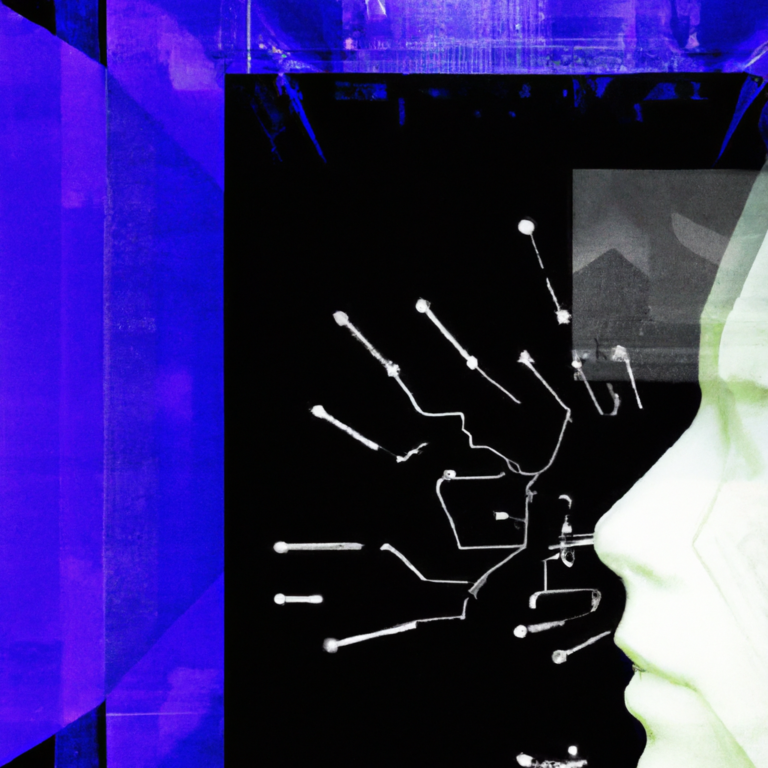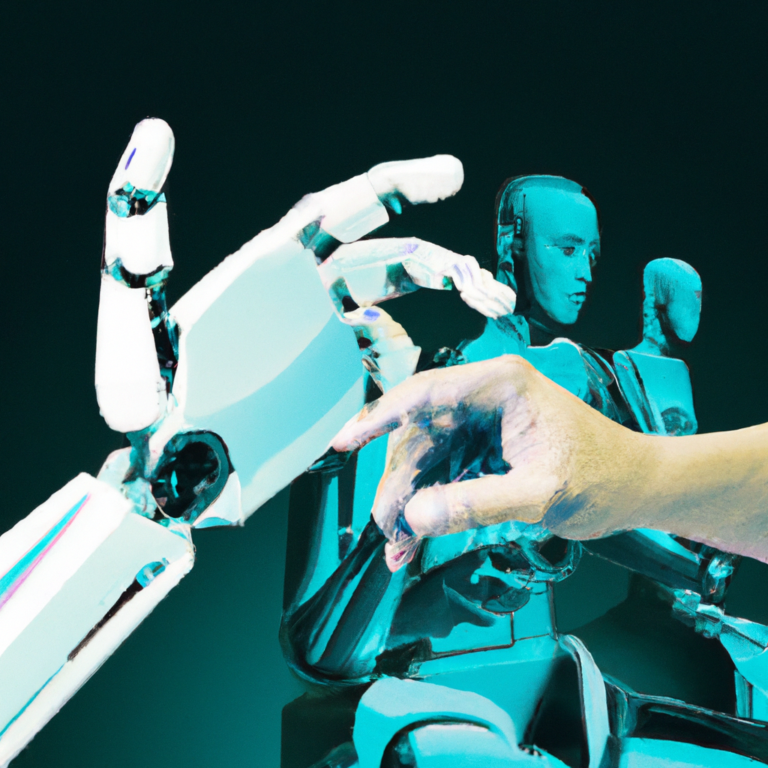Can AI Predict The Future?

Imagine having the ability to predict the future with utmost accuracy, unraveling what lies ahead in the ever-changing landscape of possibilities. The fascinating question arises: can AI, our increasingly intelligent companion, possess this extraordinary power? Delving into the realm of artificial intelligence, we explore whether this cutting-edge technology has the potential to peer into the future, providing us with a glimpse of what is to come.
Can AI predict the future?
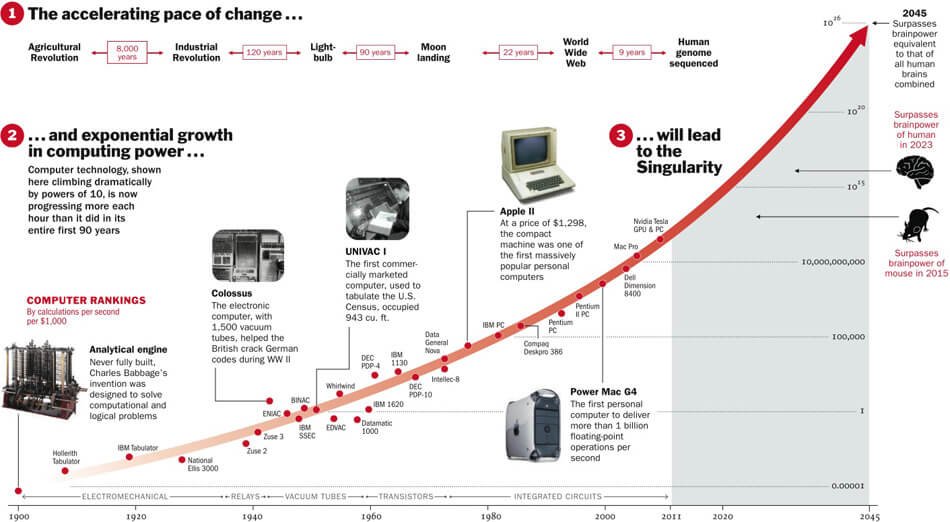
What is AI?
AI, or Artificial Intelligence, refers to the development of computer systems that can perform tasks that would normally require human intelligence. These tasks include learning, reasoning, problem-solving, and decision-making. AI systems are designed to analyze data, recognize patterns, and make predictions based on the information they gather. The goal of AI is to replicate human cognitive processes and automate tasks that traditionally required human intervention.
How does AI work?
AI systems work by processing large amounts of data and using algorithms to identify patterns and make predictions. These algorithms are designed to emulate the way humans think, learn, and make decisions. AI systems are trained with vast amounts of labeled data, allowing them to recognize patterns and make accurate predictions. The more data an AI system is exposed to, the better it becomes at making predictions.

The Role of Data in Predictions
Data plays a crucial role in the predictive capabilities of AI. The accuracy and reliability of AI predictions depend on the quality and quantity of data available for analysis. AI systems require a wide range of diverse and relevant data to make accurate predictions. The more data an AI system has access to, the more accurate and reliable its predictions will be. However, the importance of data quality cannot be overlooked. Accurate and clean data is critical for training AI models and avoiding biased predictions.
Machine Learning Algorithms for Predictive Analytics
Machine learning algorithms form the foundation of predictive analytics in AI systems. These algorithms enable AI systems to learn from data, identify patterns, and make predictions. There are various types of machine learning algorithms that AI systems use, including supervised learning, unsupervised learning, and reinforcement learning. Supervised learning involves training an AI model with labeled data to make predictions. Unsupervised learning involves training the AI model with unlabeled data and allowing it to find patterns on its own. Reinforcement learning involves training the AI model through trial and error to maximize rewards.

Limitations of AI in Predicting the Future
While AI has shown remarkable potential in predicting the future, it also has its limitations. One major limitation is the reliance on historical data. AI systems rely on past data to make predictions about the future. This means that if the future does not resemble the past, AI predictions may not be accurate. Additionally, AI systems may not be able to account for unpredictable or rare events that have not been observed before. These limitations highlight the need for human intervention and expert judgment to complement AI predictions.
Advancements in AI for Predictive Analytics
Despite its limitations, AI has made significant advancements in predictive analytics. AI systems have become more advanced in recognizing complex patterns and making accurate predictions. This is due to advancements in machine learning algorithms, as well as the availability of large amounts of data for training and validation. The ability of AI to process and analyze massive datasets in real-time has also contributed to its improved predictive capabilities. These advancements have led to AI being used in various industries for forecasting, trend analysis, and decision-making.
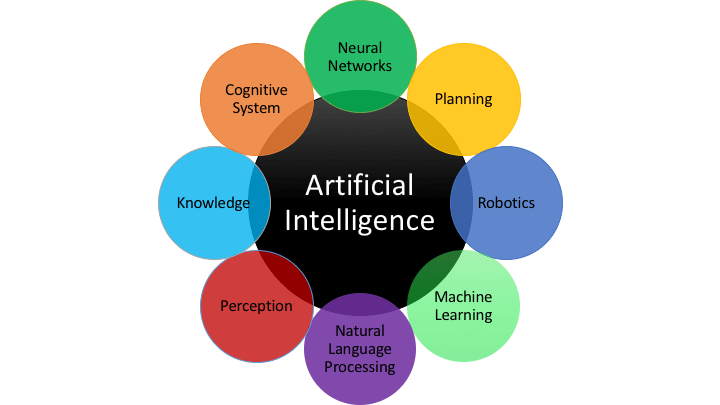
Applications of AI in Predicting Future Trends
AI has found numerous applications in predicting future trends across various industries. In finance, AI is used for stock market predictions, risk assessment, and fraud detection. In healthcare, AI is used for disease prediction, drug discovery, and patient monitoring. In marketing, AI is used for customer segmentation, demand forecasting, and personalized recommendations. Other applications include weather prediction, traffic forecasting, supply chain optimization, and energy efficiency planning. AI has proven to be a valuable tool in understanding and predicting future trends in complex systems.
Challenges in Using AI for Future Predictions
Despite the advancements in AI, there are still challenges to overcome when using AI for future predictions. One challenge is the inherent bias in data. AI systems are only as good as the data they are trained on, and if the data contains biases, the predictions will also be biased. Another challenge is the interpretability of AI predictions. AI models can make accurate predictions, but it is often difficult to understand how or why they arrived at those predictions. This lack of interpretability can be a barrier to trust and adoption in certain fields. Additionally, there are concerns about privacy and data security when using AI for predictive analytics.
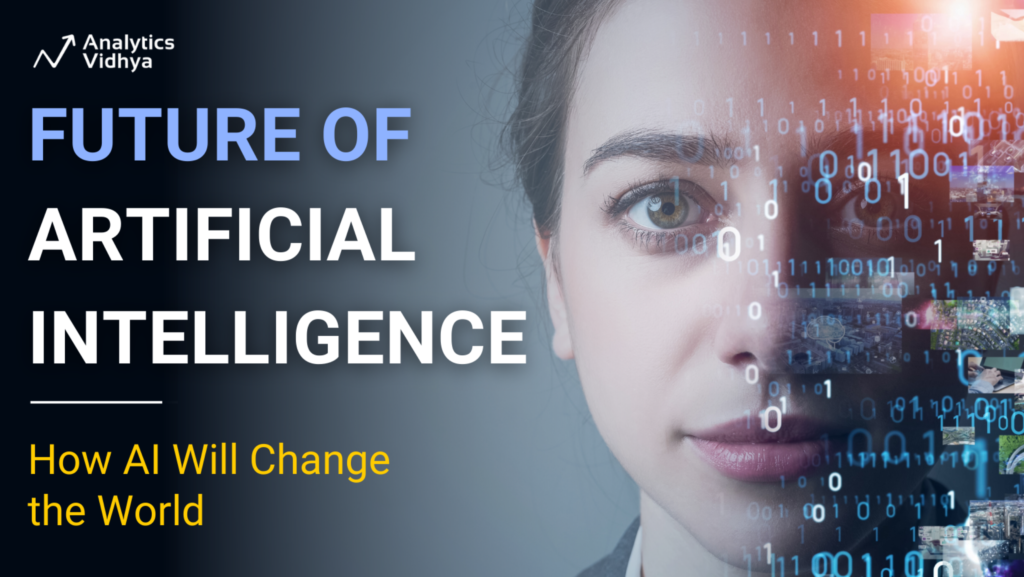
Ethical Considerations in AI Predictions
The use of AI for predictive analytics raises ethical considerations that need to be addressed. One major concern is transparency and accountability. AI predictions can have significant impacts on individuals and society, and there is a need for transparency in how these predictions are made. Additionally, there is a risk of perpetuating biases and discrimination if AI systems are trained on biased data. Ethical guidelines and regulations are necessary to ensure that AI predictions are fair, unbiased, and do not harm individuals or communities.
The Future of AI in Predictive Analytics
The future of AI in predictive analytics holds immense potential. As AI continues to evolve and improve, we can expect even more accurate and reliable predictions. Advancements in deep learning, natural language processing, and computer vision are expanding the capabilities of AI systems. AI is also being integrated with other technologies such as Internet of Things (IoT) and big data analytics, further enhancing its predictive capabilities. However, it is important to remember that AI should be seen as a tool to assist human decision-making rather than replace it entirely. Human expertise and judgment still play a crucial role in interpreting AI predictions and making informed decisions.
In conclusion, while AI has made significant strides in predicting the future, its capabilities are not without limits. AI relies on historical data and may struggle with unpredictable events. However, advancements in algorithms and data availability continue to improve AI’s predictive capabilities. AI has found applications in various industries and is transforming the way we make forecasts and decisions. Addressing challenges such as bias, interpretability, and ethical considerations will be crucial for the responsible use of AI in predictive analytics. The future of AI in predictive analytics is bright, but it is essential to remember that human oversight and judgment will always be necessary.



